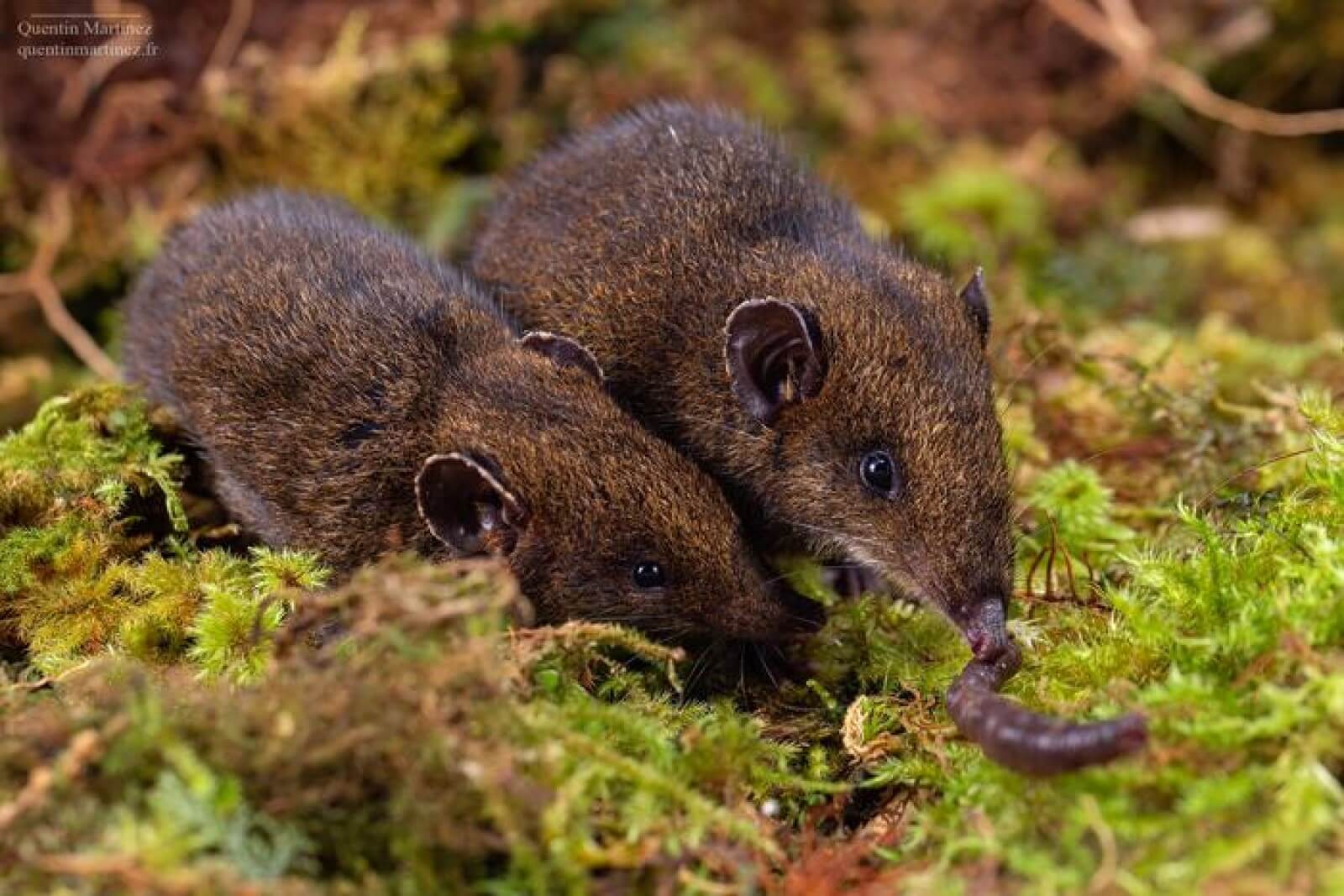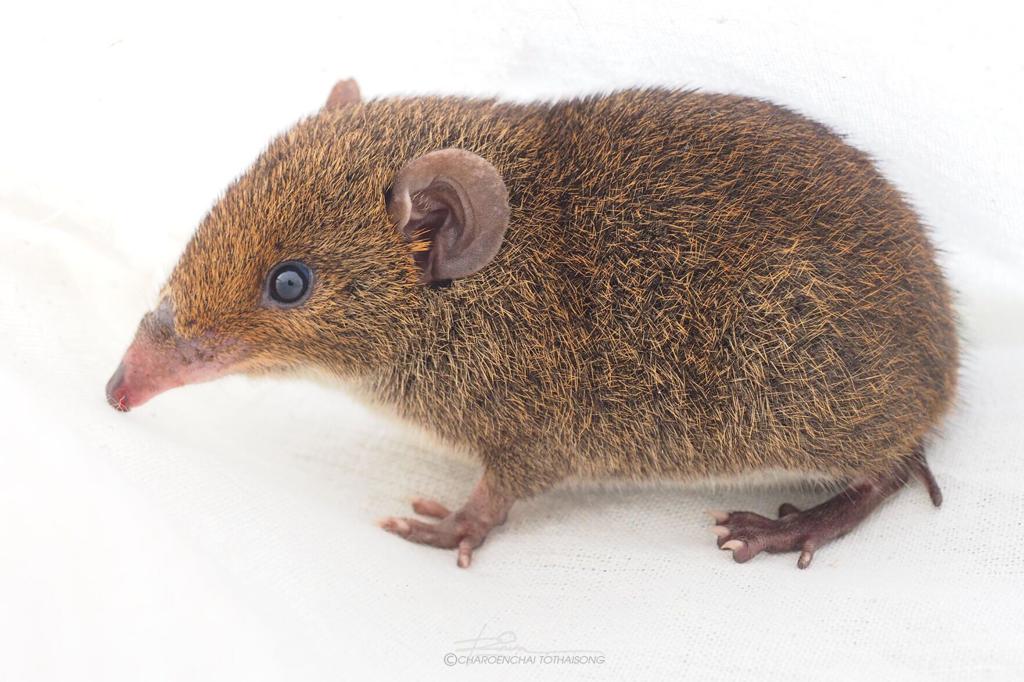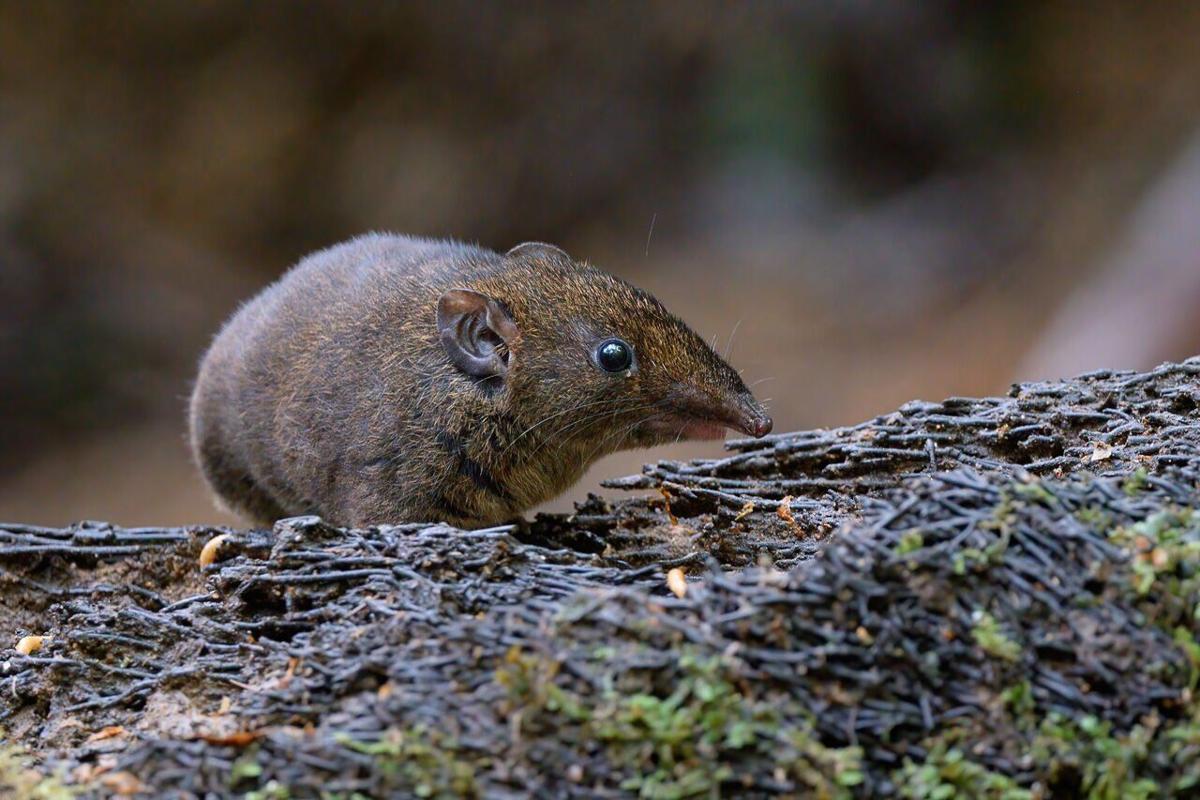A recent study conducted by a team of scientists at the Smithsonian National Museum of Natural History has successfully identified five new species of hedgehogs from the Southeast Asian region that were previously unknown. Unlike other spiny hedgehogs, these new species have soft fur.
The research, published in the Zoological Journal of the Linnean Society, used DNA analysis and physical characteristics to describe two entirely new species of soft-furred hedgehogs, while elevating three subspecies to the level of species.
The study evaluated physical samples and genetic material on loan from museums, as well as specimens collected during field expeditions in Kalimantan.
The newly identified mammals have distinctive fur patterns that distinguish them from the spiny hedgehogs better known in Europe. These soft-furred hedgehogs have a tear-shaped appearance, with faces adorned by long and narrow snouts. Unlike the shellless mini armadillo, they resemble something between a mouse and a rat.
Previously, only two species of soft-furred hedgehogs were known, but this research has increased the number to seven. Identifying these small mammals proved to be a challenging task. However, in-depth research may lead to the conclusion that specimens previously thought to be the same are actually different species, as observed in these soft-furred hedgehogs.
Meanwhile, the three hedgehogs elevated to species status are H. dorsalis, H. maxi, and H. peguensis, previously classified as subspecies of Hylomys suillus. The other two hedgehog species, Hylomys vorax and Hylomys macarong, are entirely new species, with specimens of both having been in museum collections for decades before their identification.
The elevation to species status is due to the fact that these hedgehogs have significant genetic and physical differences from other members of the same species group. However, they can still interbreed and produce healthy offspring. Originally thought to be a subspecies of Hylomys suillus, this research shows that the existing differences are substantial enough to classify them as a separate species.
H. dorsalis, found in the mountains of North Kalimantan, can be identified by the dark line on its head that divides its back. Meanwhile, H. peguensis measures about 5.1 inches, has a more yellowish coat, and can be found in various countries throughout mainland Southeast Asia. H. maxi, the largest of the soft-furred hedgehogs at about 5.5 inches long, can be found in the mountainous regions of the Malay Peninsula and Sumatra.



H. macarong, a species endemic to southern Vietnam, is dark brown and about 5.5 inches long. The males of this species have canine-like incisors, and its scientific name is derived from the Vietnamese word for vampire, "ma cà rồng".
H. vorax, found exclusively on the slopes of Mount Leuser in northern Sumatra, Indonesia, is dark brown in color and slightly smaller, measuring about 4.7 inches. The species name derives from the description of the hedgehog as "voracious" as documented by mammal expert Frederick Ulmer in 1939. Ulmer collected specimens that led to this description.
Ulmer stated that H. vorax was a voracious animal, often swallowing the entire bait before falling into a trap. He noted that these hedgehogs consume a variety of materials, including ham, coconut, meat, and walnuts. For example, Ulmer recorded these animals nibbling on part of a chicken head bait from a steel trap before finally being caught in the next Schuyler trap baited with ham.
Arlo Hinckley, one of the study's authors and an expert in evolutionary biology, explained that soft-furred hedgehogs generally look like a cross between mice and rats, unlike their feathered counterparts. These small mammals are typically active both day and night and are omnivores, meaning they consume different types of food. They tend to consume a variety of insects and invertebrates, as well as fruit when available.
In a Smithsonian X post, it is stated that this research proves the potential for new discoveries even within well-studied animal groups such as mammals. This finding underscores how the application of modern techniques, including DNA analysis, to museum collections can reveal new information.
During the course of this research, scientists collected more than 300 physical specimens and tissue samples. Tissue samples for genetic analysis were obtained from historic or modern specimens from 14 museums in Asia, Europe, and the United States. In addition, samples were collected during three field visits to Kalimantan.



















